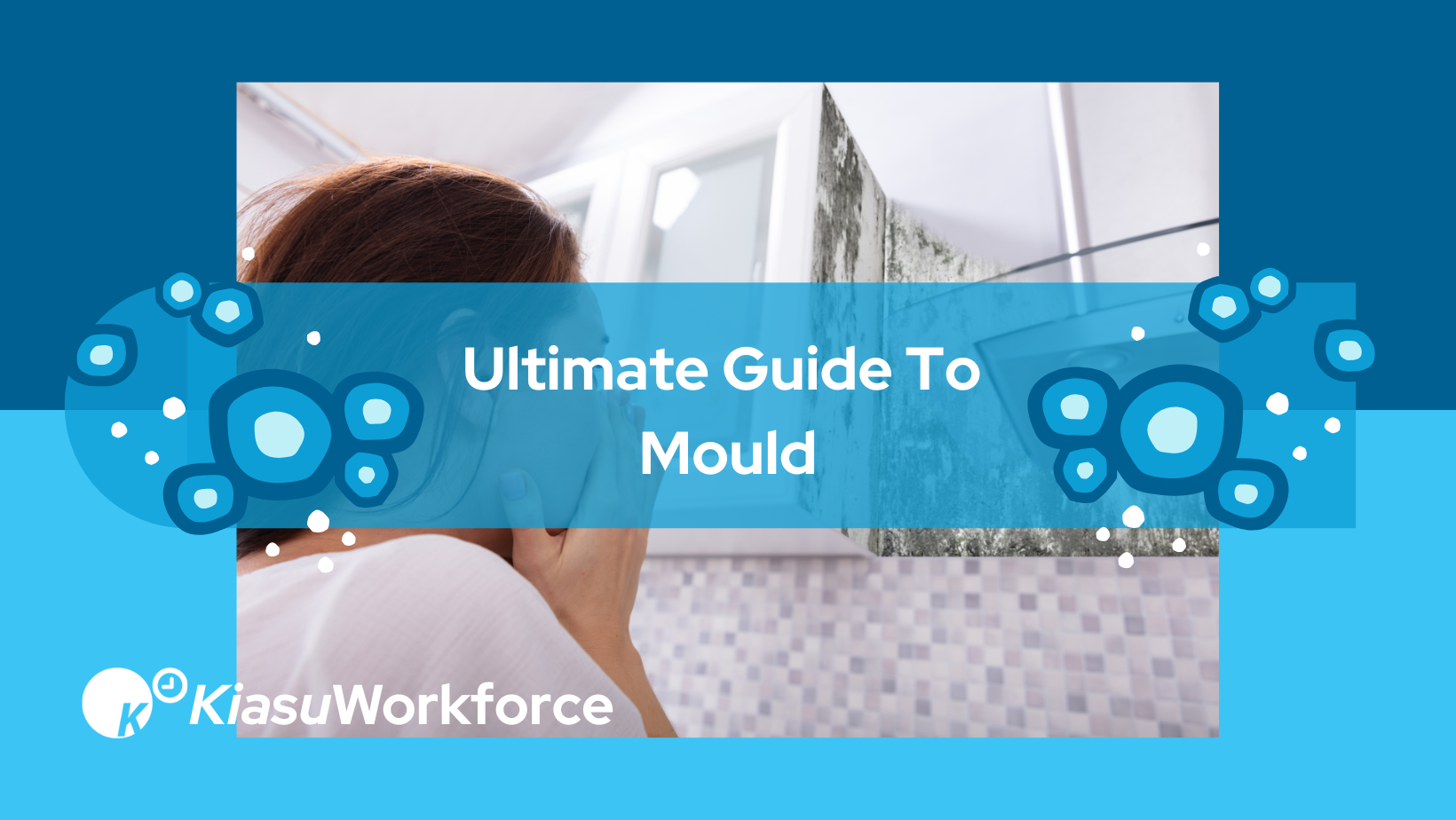Shower repairs, radiator repairs, and toilet repairs usually require an emergency plumber. However, you can often solve a blocked drain yourself. You just need to know the right solution. In this handy guide, we’ll show you a range of DIY solutions for unblocking blocked drains. Whether you are dealing with a grease build up in your sink drain or the shower isn’t draining correctly, you can find a fix in this guide.
Boiling Water
Boiling water is the simplest and easiest solution for clearing a drain blockage. This won’t work on trickier blockages, but sometimes it is all that is needed to loosen and clear debris. The simplest fix on the list is often worth starting with boiling water when attempting to clear a sink or shower drain blockage. When dealing with a blockage from hair, grease, or soap scum build-up, boiling water may be all that is needed. Regularly pouring boiling water down your shower drain will help avoid these types of blockages.
If your drain is attached to PVC pipes, the boiling water could damage or melt the pipes. In this case, try one of the other solutions in this guide.
Salt and Baking Soda
Whilst not as simple as just pouring boiling water down a drain, this solution is very easy. It combines common ingredients you likely have in your kitchen to create a chemical reaction that dissolves some of the tougher blockages.
- The first thing to do is to mix half a cup of salt with half a cut of baking soda.
- Pour the mix down the blocked drain and leave it for 20 minutes.
- After 20 minutes, pour boiling water down the drain.
Vinegar and Baking Soda
This solution also uses common household ingredients and a similar process to the previous solution.
- For this drain blockage solution, combine 1/3rd of a cup of baking soda with 1/3rd of a cup of vinegar. (The mixture should start to fizz.)
- Pour the mixture down the drain.
- Leave the mixture for at least an hour. You may want to leave it overnight for the best results.
- Finally, follow the mixture with some hot water.
Chemical Cleaners
If the DIY home remedy methods are unsuccessful, you can try chemical cleaners. These are available at most supermarkets. Follow the instructions on the product, which will likely be some variation of pouring it down the drain, leaving it to stand, and rinsing with hot water.
Biological Cleaner
If you prefer to avoid chemical cleaners, you can opt for a biological cleaner instead. However, these are typically less effective than more harsh chemical cleaners. They may not cut through grime but should handle soap scum, hair and other easier blockages.
Plunger
Is your blockage being too persistent? Pouring stuff down the drain not doing the job? It could be time to get out the plunger.
- First, fill the sink or shower with enough water to cover the edge of the plunger. This will help create a tight seal.
- Place the plunger over the drain and plunge. This might take some work, but eventually, you’ll hear the plunger clear the clog.
- After this, flush the drain with water for a few minutes.
Cleaning Pipes
A slightly trickier but effective way of clearing a sink blockage is to remove and clean the pipes. This isn’t for everyone. If you’re not entirely confident with this method, try the others in this guide or call a plumber instead.
If you want to go ahead with this one, here’s what to do:
- Firstly, place a bucket under the U-shaped pipe under the sink.
- Following this, loosen the slip nuts at either end of the pipe using a wrench.
- Next, remove the pipe and empty any content into the bucket.
If the solutions we offered earlier in this guide haven’t worked, you are likely dealing with a tougher blockage. You may need to put in some extra work to clear the pipe and loosen hidden debris fully. A toothbrush works well for this.
- Once you’ve cleaned out the pipe, rinse it out with water.
- Finally, put the pipe back together.
Whether you are dealing with a grime build up in your sink drain or the accumulation of soap scum blocks your shower drain, you can often solve the problem yourself. Simply choose the appropriate solution and follow the steps in this guide. You’ll have your drain back in working order in no time.




